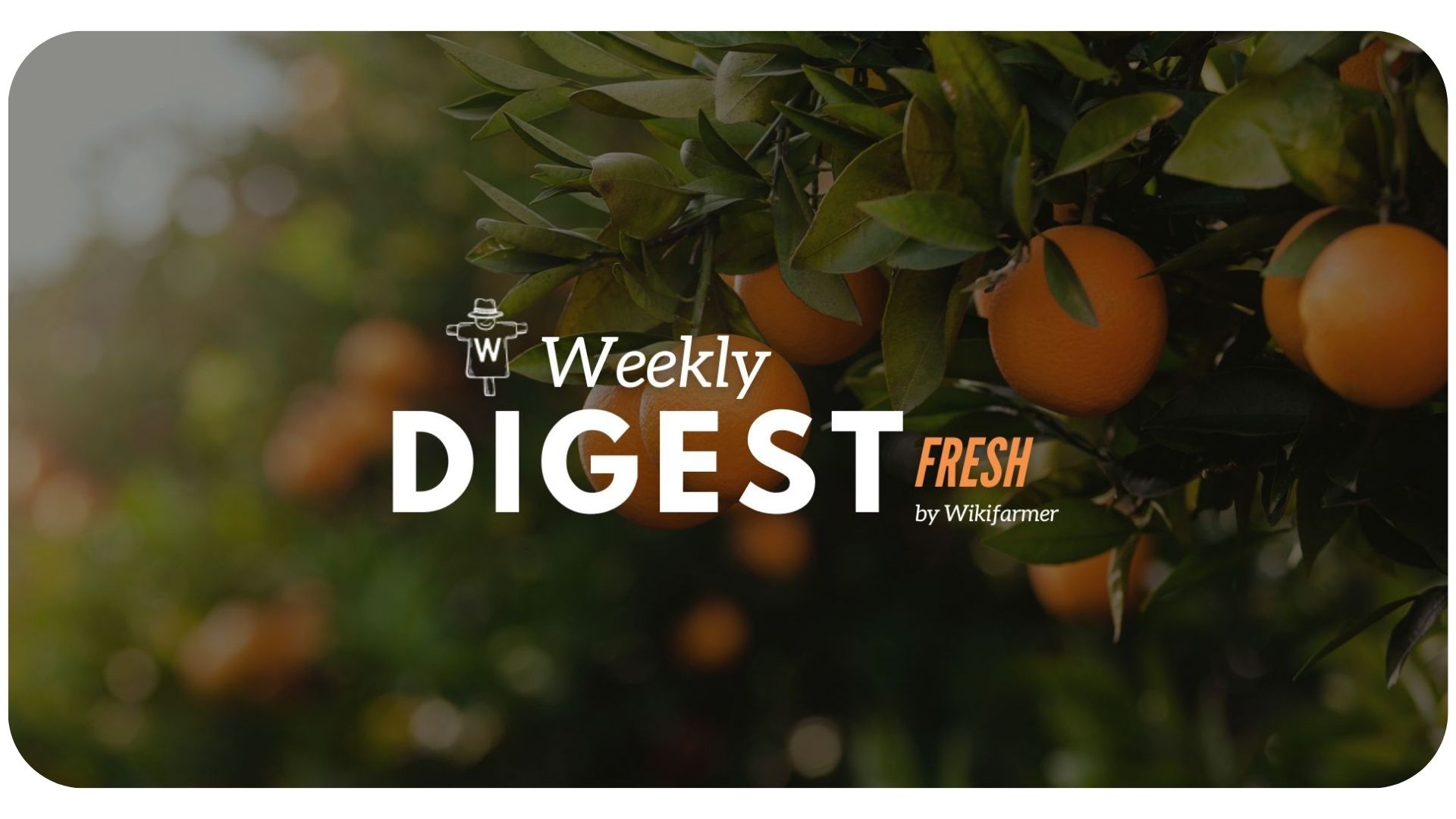Orange Market Digest w6

Weekly Orange Market Updates
The Current Landscape across Wholesale Orange Markets
Our representatives in the main fresh produce wholesale markets across Europe, and mainly in the markets of Germany and Rungis, France, report that the movements in mean prices for oranges were approximately stable in the last ten days. This steadiness is attributed to the capacity of supply to meet demand in the various segments of the orange market.
Produce from Egypt and Italy has contributed significantly to ensuring the cohesiveness of the supply-demand equilibrium attainment this season, with the traded quantities of produce of such origin being higher than last season. This has been true for blonde oranges and blood oranges, small-fruited citrus, and clementines.
As a result, the view we receive from the market is one of equilibrium, if not of customer saturation, which, in some cases, has resulted in supply overflow and receding prices. This overflow may be attributed not just to occasions of suboptimal demand but also to the fact that orange imports to the EU in January, according to data from Eurostat, stood 77.35% higher than the 5-year average:

As we have already discussed, suboptimal demand happened mainly due to quality issues from drought conditions across the main orange-producing areas this year. Demand proved robust in the regional cases of some varieties where this was not an occurrence.
Main Price Movements in the EU
The most recent data collected by local authorities and shared by the EU Directorate General for Agriculture and Rural Development showcase the current condition in the market for navel oranges:
.png?upscale=true&width=1120&upscale=true&name=Y2Ane-mean-naval-oranges-prices-in-the-eu%20(1).png)
Statistical Wrap-up of the Season
Agrarmarkt Informations-Gesellschaft, in collaboration with Fruit Logistica's official media partner, Fruitnet Media International, has released this year's European Statistics Handbook. This annual publication contains data on agricultural trade and production in Europe for the year that passed.
The report confirms our previous updates, showing 2023 as another turbulent year in the ongoing trend since 2022. Instabilities noted refer to both sides of the market; geopolitical tensions (like the Israel-Hamas war) and subsequent disturbances in global shipping instill uncertainty in the consumers' sentiment while also causing fluctuations in production costs; operational costs eased relating to energy and fertilizers, but costs of agrochemicals, fuel, and machinery have increased. Above all, severe droughts and flooding events caused crop failures, translating into volume drops and quality fallbacks.
.jpg?upscale=true&width=1120&upscale=true&name=logos-top_graphics%20(12).jpg) The orange market and the markets for apples, pears, and grapes posed the main playground of such effects. As a result, the expected price increases after drops in regional orange availability failed to consistently meet the revenue loss caused to producers by falling quantities supplied, negatively affecting their final income. This mainly affected regions in Spain and Greece, the two most critical orange-producing countries in the EU, for which oranges were the single most exported fruit in 2023 (by volume).
The orange market and the markets for apples, pears, and grapes posed the main playground of such effects. As a result, the expected price increases after drops in regional orange availability failed to consistently meet the revenue loss caused to producers by falling quantities supplied, negatively affecting their final income. This mainly affected regions in Spain and Greece, the two most critical orange-producing countries in the EU, for which oranges were the single most exported fruit in 2023 (by volume).
On the demand side, the data show fluctuations in the demand -as expressed by imports- in various European countries; Portugal increased its orange imports by 27.62% YoY, while France reduced them by 12% during the same period. Below, we highlight those whose fresh fruit imports were made of oranges in a significant proportion:

.png?width=450&height=87&name=New%20Logo%20(1).png)